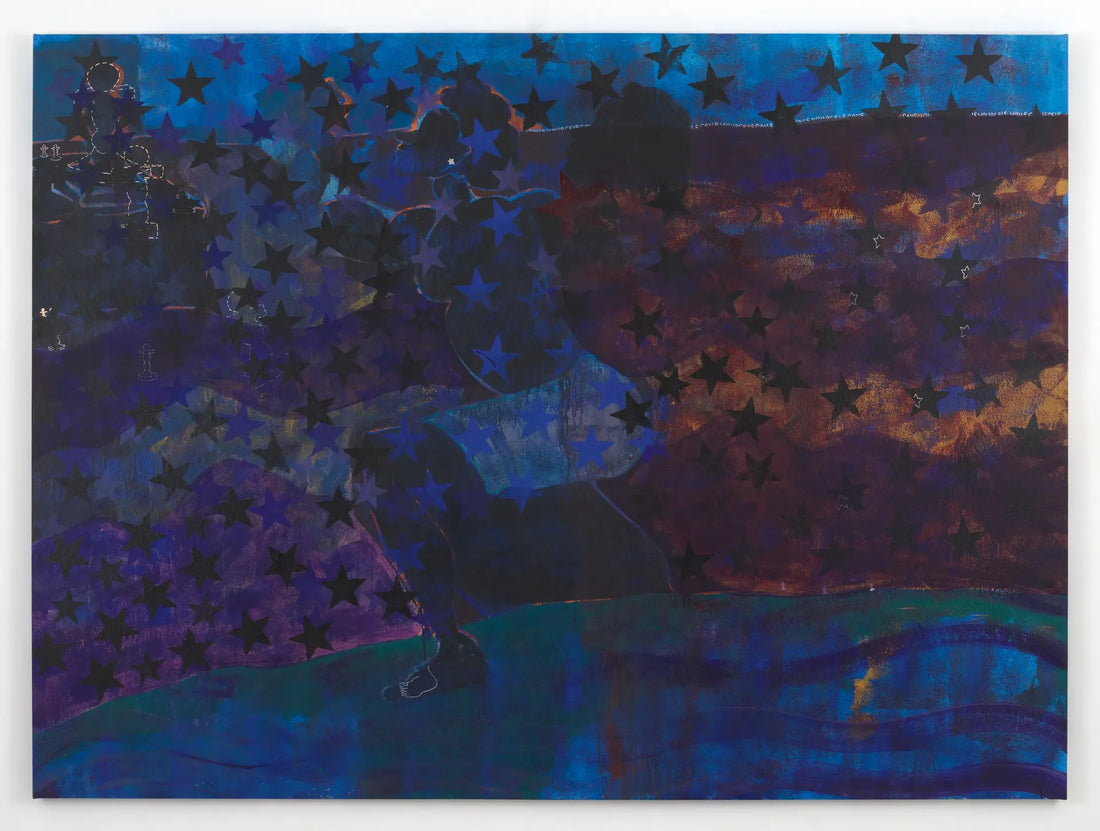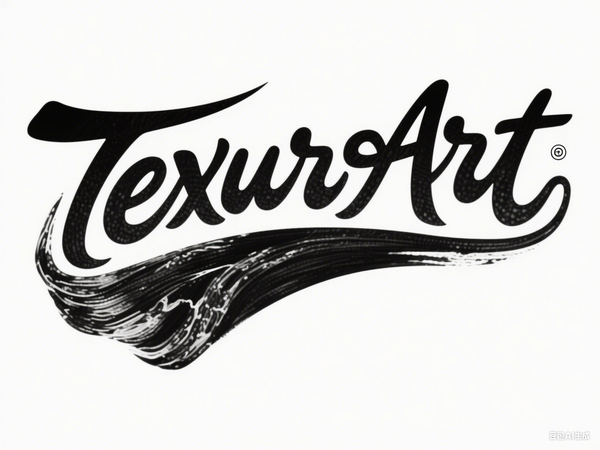
The Boom and Bust of Figurative Painting - Navigating Market Hype and Artistic Depth in 2025
Share
Figurative painting has experienced a significant resurgence over the past decade, captivating collectors, critics, and curators alike with its renewed focus on the human figure and the stories it can convey. Around 2015, a wave of promising painters emerged, offering diverse and emotionally charged portrayals that contrasted sharply with the preceding era dominated by abstract and conceptual art. However, as the art market faces volatility in 2025, this figurative boom confronts complexities involving market speculation, political influence, and shifting critical perspectives.

The resurgence, as discussed in recent art market analyses, is marked by figurative art’s emphasis on identity, community, and resilience. Contemporary painters are not simply replicating classical portraiture but are layering modern sensibilities such as vivid color palettes, surreal compositions, and textured surfaces. Artists like Jennifer Packer, Salman Toor, and Louis Fratino represent this trend, bringing forward narratives that explore nuanced cultural and social realities.

Yet the enthusiastic embrace of figurative artists has not been uniform. Alongside critical successes, parts of the figurative painting market have suffered from speculative bubbles reminiscent of the so-called “zombie formalism” period, where formulaic or derivative works commanded inflated prices before experiencing rapid declines. This dynamic resulted in a “boom and bust” cycle that has left collectors wary but also highlighted the tension between genuine artistic innovation and market-driven hype.

The political dimension of figurative painting’s popularity is undeniable, especially regarding increased visibility of Black artists and those addressing themes tied to the Black Lives Matter movement. This moment of expanded representation has prompted museums and galleries to reckon with long-standing gaps in inclusion and to reevaluate who holds cultural power in art history. However, as market forces sometimes outpace critical discourse, concerns have been raised about the sustainability of attention and support for artists presenting socially engaged figuration.

Despite these challenges, figurative painting remains a vital and evolving area within contemporary art. Emerging trends for 2025 suggest a growing interest in cross-cultural narratives and experimental approaches that merge figuration with abstraction, installation, and new media. This evolution reflects the broader art world’s quest for authentic human connection in an era profoundly shaped by digitalization and social upheaval.

Collectors and enthusiasts looking to navigate this market will benefit from paying close attention not only to auction results but to curatorial projects, artist retrospectives, and scholarly critiques that contextualize figurative painting within its complex socio-political landscape.

Keywords and Anchor Texts
Explore the dynamics of the figurative painting trend in 2025 and its impact on the contemporary art market. Understand how identity and community play central thematic roles. Learn about leading figurative painters shaping the future of the genre. Dive into the relationship between art market speculation and artistic merit for a balanced understanding.

Suggested Image Sources
-
Portraits and paintings by Jennifer Packer, Salman Toor, Louis Fratino (Gallery archives and official artist websites).
-
Images from recent major figurative art exhibitions and retrospectives (Museum press kits).
-
Auction house photographs showing notable sales of contemporary figurative works (Sotheby’s, Christie’s).
-
Contemporary studio shots of emerging figurative artists at work (Artist social media platforms).
Frequently Asked Questions (FAQ)
Q1: What defines figurative painting in 2025?
A1: It focuses on human representation with an emphasis on identity, social issues, and emotional depth, often blending traditional techniques with contemporary themes.
Q2: How has the figurative art market evolved recently?
A2: After a period of boom driven by enthusiasm and speculation, the market has encountered corrections, spotlighting the need for sustained critical engagement beyond hype.
Q3: Which artists are emblematic of the current figurative painting trend?
A3: Notable figures include Jennifer Packer, Salman Toor, and Louis Fratino, who explore cultural narratives through expressive and innovative portraiture.
Q4: How does politics influence figurative painting’s reception?
A4: Increased representation of marginalized communities and socially conscious themes has shaped institutional support and market interest.
Q5: Where can collectors view contemporary figurative works?
A5: Museums, galleries, and auction houses globally showcase figurative paintings, often highlighted in curated exhibitions and major market sales.
Contemporary figurative painting in 2025 remains a vibrant and evolving genre—rich in storytelling and artistic experimentation—offering profound insights into human experience amidst a complex cultural and economic landscape.
